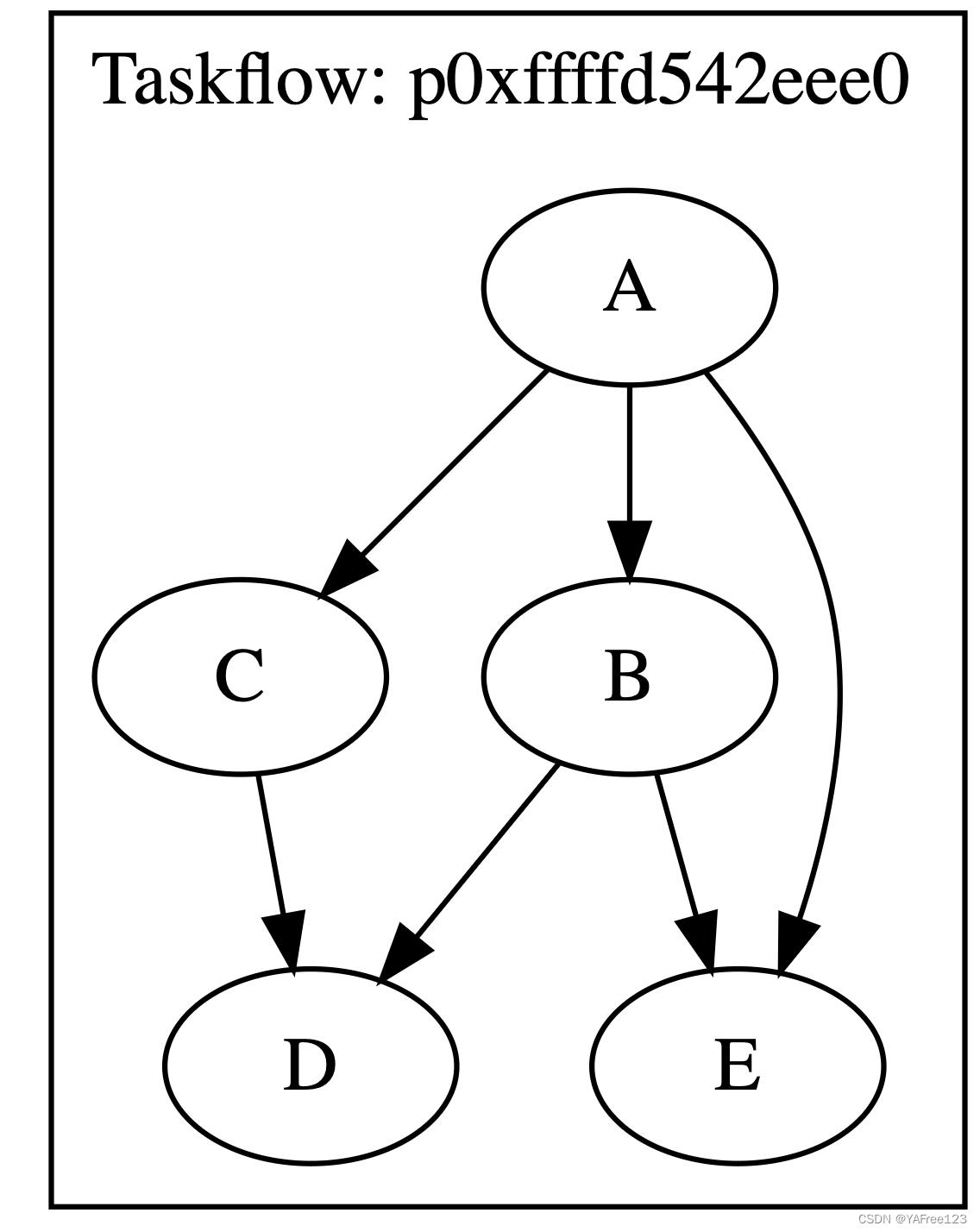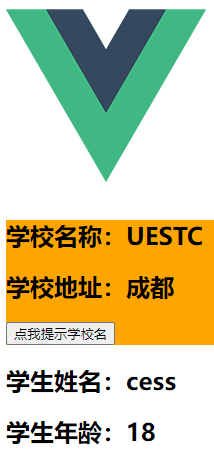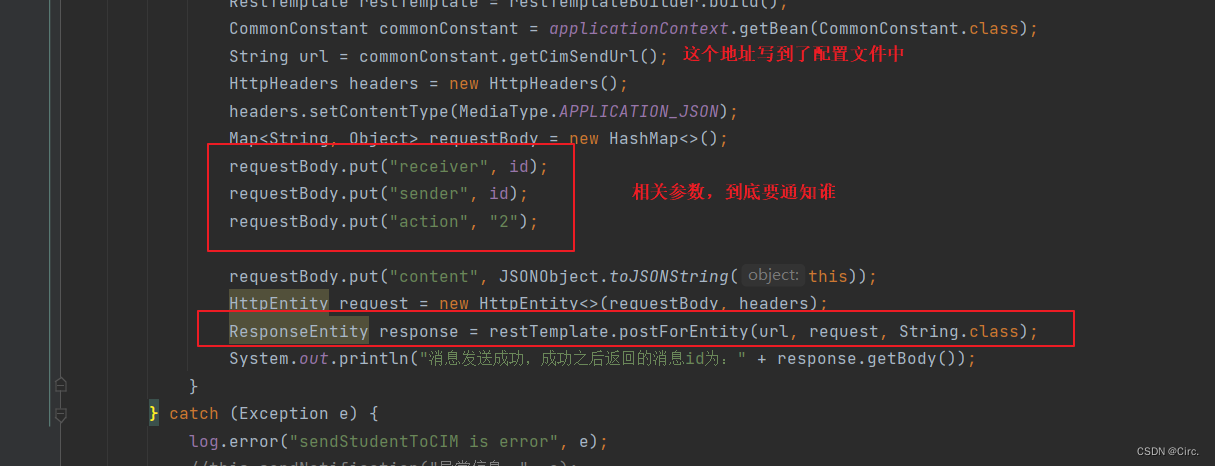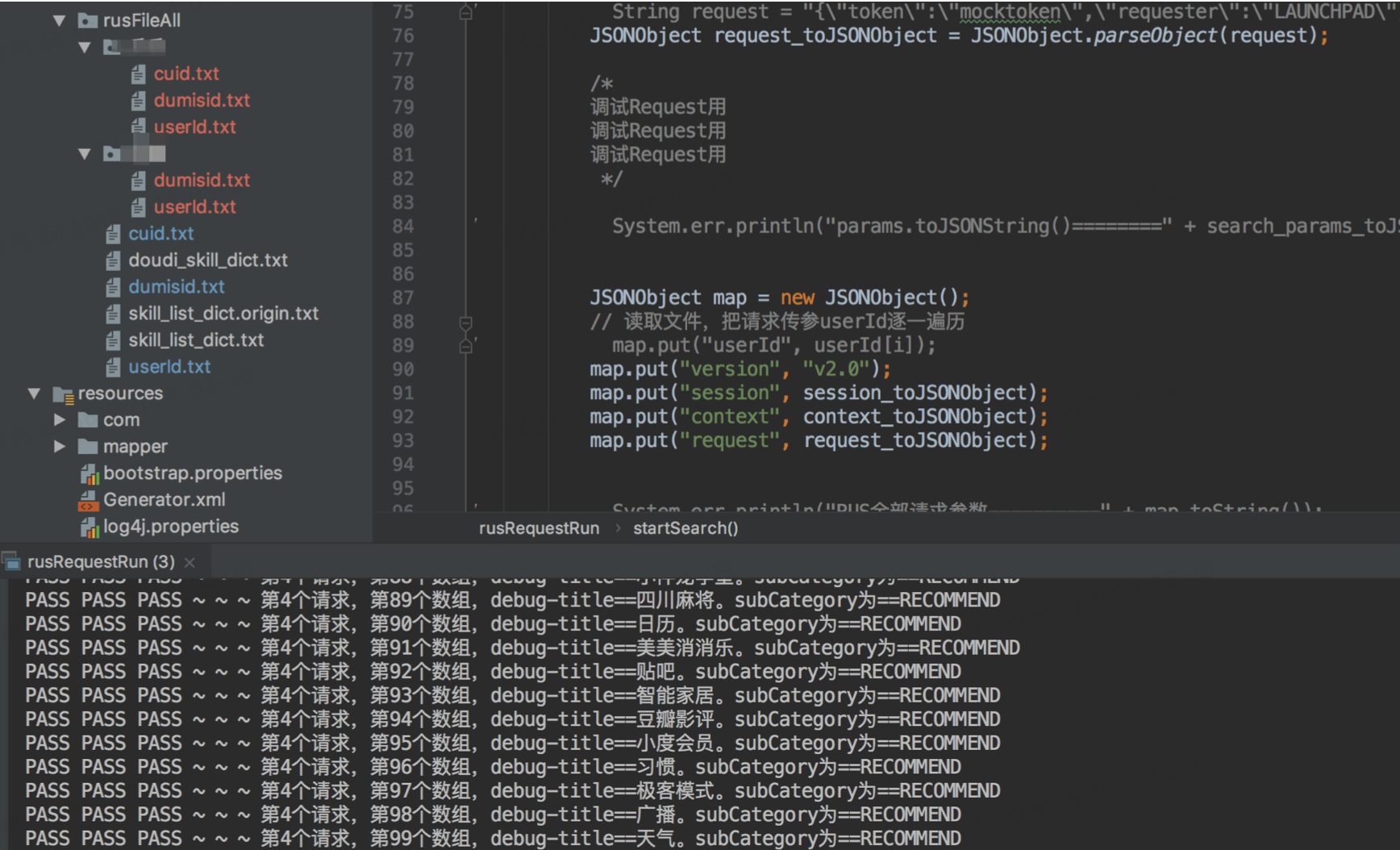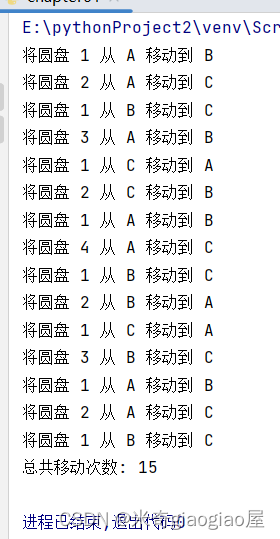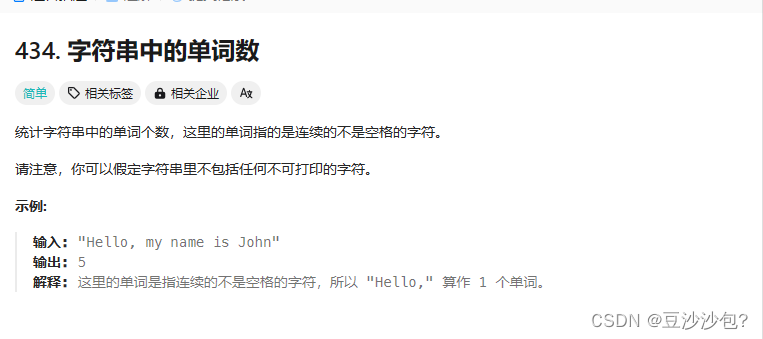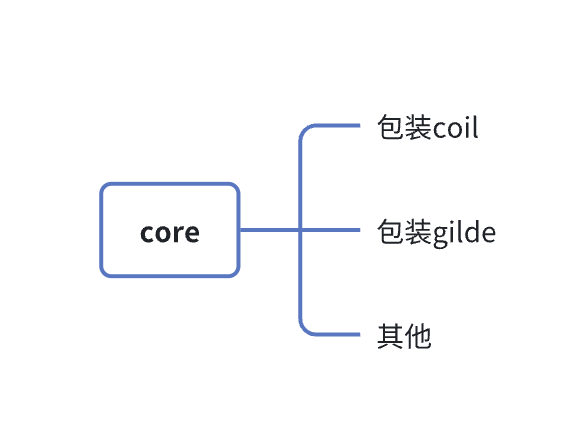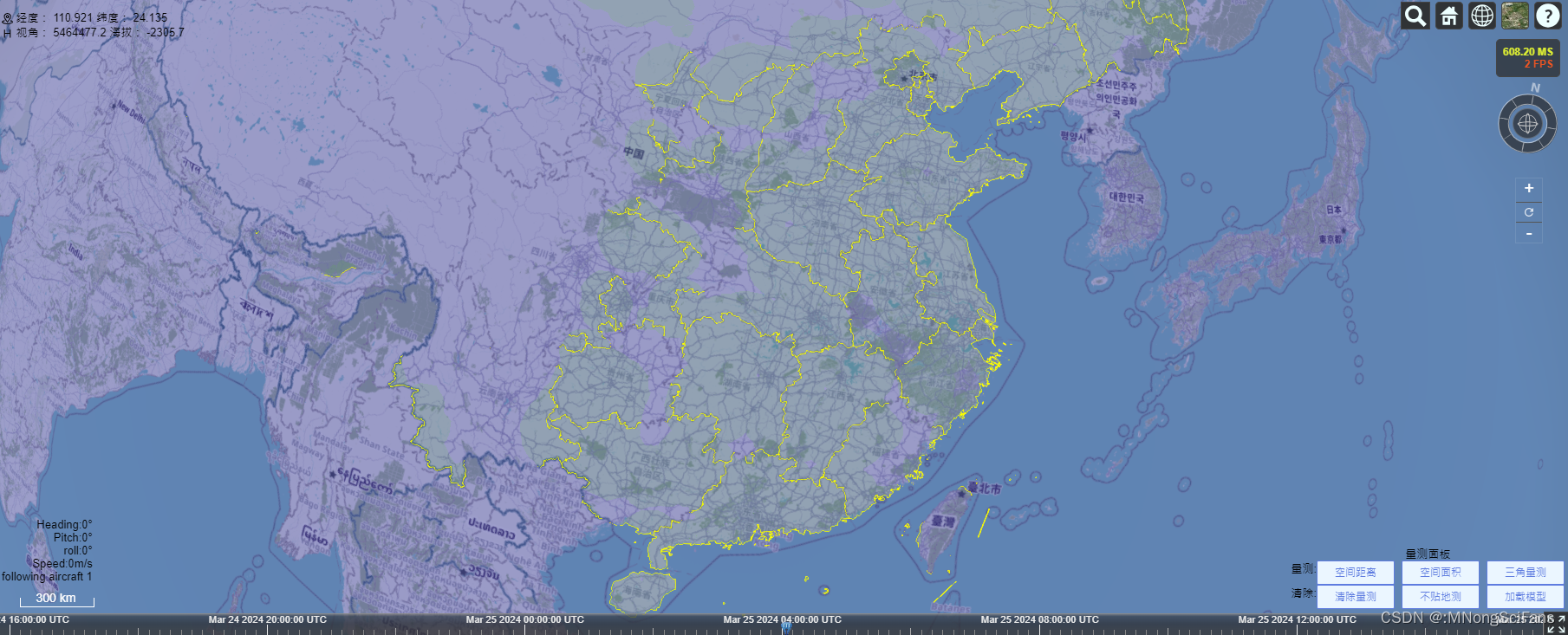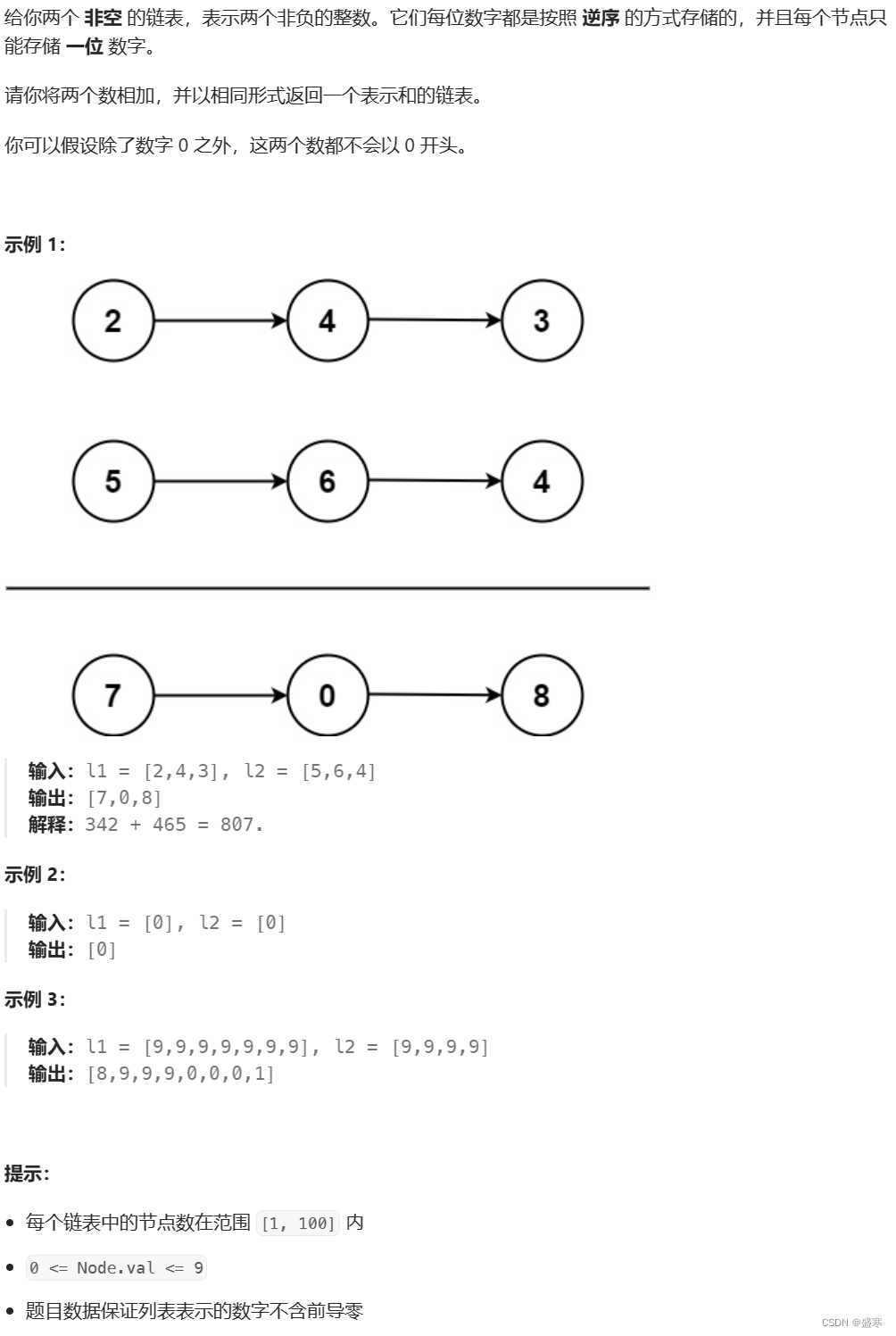Hello World
#include <taskflow/taskflow.hpp>
int main() {
tf::Executor executor;
tf::Taskflow taskflow;
// 返回一个std::tuple<tf::Task, tf::Task, tf::Task, tf::Task>
auto [A, B, C, D] = taskflow.emplace(
[](){std::cout<<"A"<<std::endl;},
[](){std::cout<<"B"<<std::endl;},
[](){std::cout<<"C"<<std::endl;},
[](){std::cout<<"D"<<std::endl;}
);
A.precede(B, C);
D.succeed(B, C);
executor.run(taskflow).wait();
return 0;
}
内置一个性能profiler,使用方式:
TF_ENABLE_PROFILER=simple.json ./simple # 可执行文件
cat simple.json
然后把内容复制到TFProf。
创建一个Subflow Graph
流程如下:
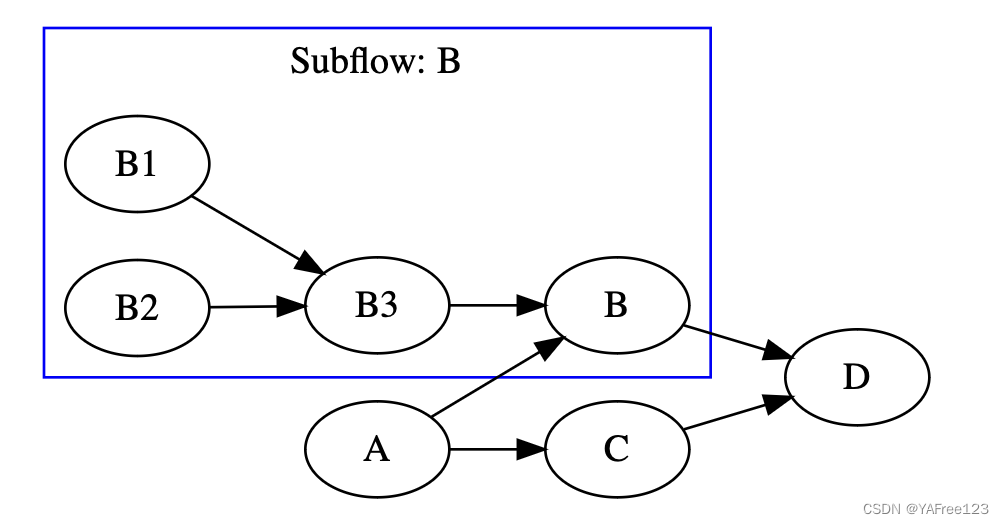
#include <taskflow/taskflow.hpp>
void put(const std::string& str) {
std::cout<<str<<std::endl;
}
int main() {
tf::Executor executor;
tf::Taskflow taskflow;
// 构建三个空任务,并命名
tf::Task A = taskflow.emplace([](){put("A");}).name("A");
tf::Task C = taskflow.emplace([](){put("C");}).name("C");
tf::Task D = taskflow.emplace([](){put("D");}).name("D");
// 构建一个子流,并命名
tf::Task B = taskflow.emplace([](tf::Subflow& subflow){
auto [B1, B2, B3] = subflow.emplace(
[](){put("B1");},
[](){put("B2");},
[](){put("B3");}
);
B3.succeed(B1, B2);
}).name("B");
A.precede(B, C);
D.succeed(B, C);
executor.run(taskflow).wait();
return 0;
}
控制流
循环执行条件,直到返回true,才执行下一步:

#include <taskflow/taskflow.hpp>
void put(const std::string& str) {
std::cout<<str<<std::endl;
}
int main() {
tf::Executor executor;
tf::Taskflow taskflow;
// 构建三个空任务,并命名
tf::Task init = taskflow.emplace([](){put("init");}).name("init");
tf::Task stop = taskflow.emplace([](){put("stop");}).name("stop");
tf::Task cond = taskflow.emplace(
[](){
int p = std::rand() % 2;
put(std::to_string(p).c_str());
return p;
}
).name("cond");
init.precede(cond);
cond.precede(cond,stop); // cond 需要返回True后才解除对cond的依赖
executor.run(taskflow).wait();
return 0;
}
任务组
一个taskflow的流程中,还可以嵌入另一个taskflow。

#include "taskflow/core/taskflow.hpp"
#include <taskflow/taskflow.hpp>
void put(const std::string& str) {
std::cout<<str<<std::endl;
}
int main() {
tf::Executor executor;
tf::Taskflow f1, f2;
tf::Task f1a = f1.emplace([](){put("f1a");}).name("f1a");
tf::Task f1b = f1.emplace([](){put("f1b");}).name("f1b");
tf::Task f1_task_module = f2.composed_of(f1).name("f1_task_module"); // 表示f1是f2的一个task
tf::Task f2a = f2.emplace([](){put("f2a");}).name("f2a");
tf::Task f2b = f2.emplace([](){put("f2b");}).name("f2b");
tf::Task f2c = f2.emplace([](){put("f2c");}).name("f2c");
f1_task_module.succeed(f2a, f2b).precede(f2c); // 在f2c之前,在f2a, f2b之后
executor.run(f2).wait();
return 0;
}
异步任务
taskflow 支持开启异步任务,动态探索并行度:
#include "taskflow/core/async_task.hpp"
#include "taskflow/core/task.hpp"
#include "taskflow/core/taskflow.hpp"
#include <future>
#include <taskflow/taskflow.hpp>
// 线程不安全,可能会出现打印异常
void put(const std::string& str) {
std::cout<<str<<std::endl;
}
int main() {
tf::Executor executor;
tf::Taskflow taskflow;
// 第一种方式,通过async的方式注册,并将解决使用future传递
std::future<int> future = executor.async([](){
put("async task returns 1");
return 1;
});
// 第二种方式,丢弃返回值的异步
executor.silent_async([](){
put("async task does not return");
});
// 第三种方式,创建异步,并进行动态依赖
tf::AsyncTask A = executor.silent_dependent_async([](){put("A");});
tf::AsyncTask B = executor.silent_dependent_async([](){put("B");}, A); // B依赖A
tf::AsyncTask C = executor.silent_dependent_async([](){put("C");}, A); // C依赖A
tf::AsyncTask D = executor.silent_dependent_async([](){put("D");}, B, C); // D依赖B和C
executor.wait_for_all(); // 等待所有异步任务结束
return 0;
}
执行一个 Taskflow
executor提供了几种线程安全的方法来运行任务流。
// runs the taskflow once
tf::Future<void> run_once = executor.run(taskflow);
// wait on this run to finish
run_once.get();
// run the taskflow four times
executor.run_n(taskflow, 4);
// runs the taskflow five times
executor.run_until(taskflow, [counter=5](){ return --counter == 0; });
// block the executor until all submitted taskflows complete
executor.wait_for_all();
可视化图结构
使用dump,生成定义好的结构图,生成的内容复制到下面的网站:
GraphViz Online
#include <taskflow/taskflow.hpp>
int main() {
tf::Taskflow taskflow;
tf::Task A = taskflow.emplace([] () {}).name("A");
tf::Task B = taskflow.emplace([] () {}).name("B");
tf::Task C = taskflow.emplace([] () {}).name("C");
tf::Task D = taskflow.emplace([] () {}).name("D");
tf::Task E = taskflow.emplace([] () {}).name("E");
A.precede(B, C, E);
C.precede(D);
B.precede(D, E);
// dump the graph to a DOT file through std::cout
taskflow.dump(std::cout);
return 0;
}
digraph Taskflow {
subgraph cluster_p0xffffd542ef38 {
label="Taskflow: p0xffffd542eee0";
p0xffffa6914830[label="A" ];
p0xffffa6914830 -> p0xffffa6914928;
p0xffffa6914830 -> p0xffffa6914a20;
p0xffffa6914830 -> p0xffffa6914c10;
p0xffffa6914928[label="B" ];
p0xffffa6914928 -> p0xffffa6914b18;
p0xffffa6914928 -> p0xffffa6914c10;
p0xffffa6914a20[label="C" ];
p0xffffa6914a20 -> p0xffffa6914b18;
p0xffffa6914b18[label="D" ];
p0xffffa6914c10[label="E" ];
}
}
